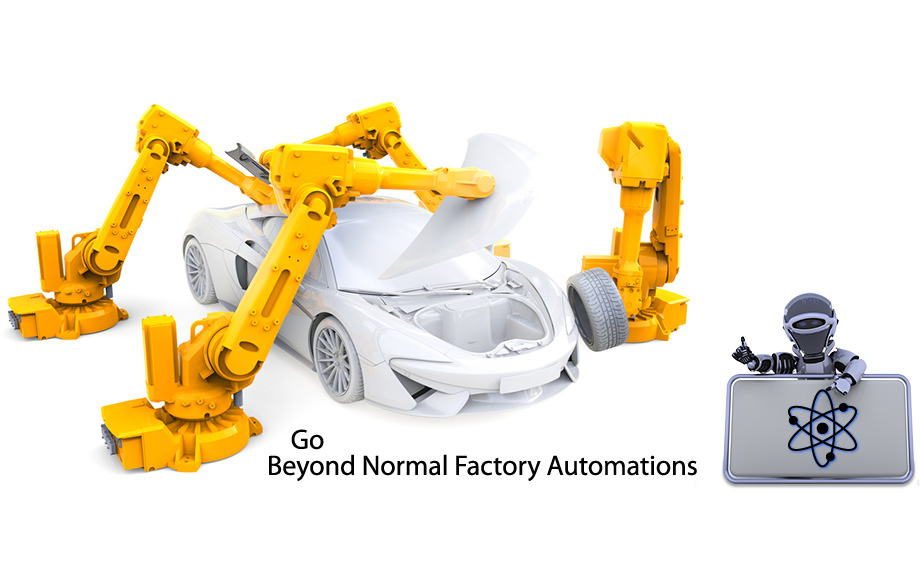Industry Impact
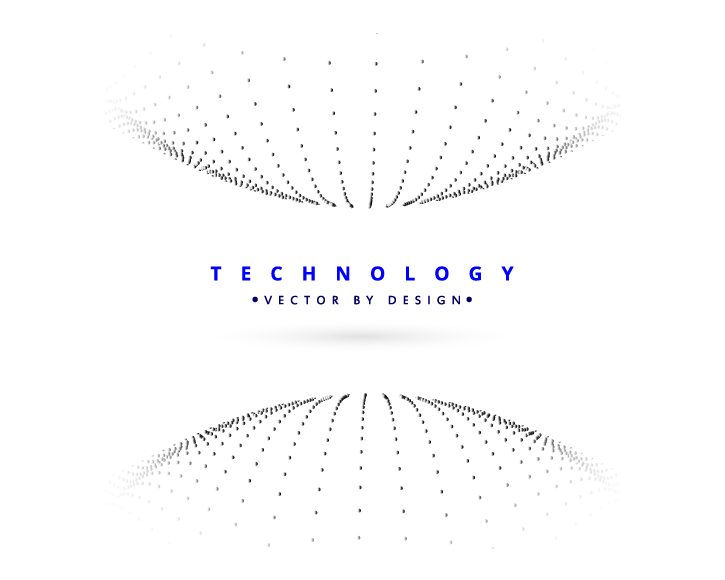
Impact from the core technology, will be felt across the entire electronics industry.
Structured Data
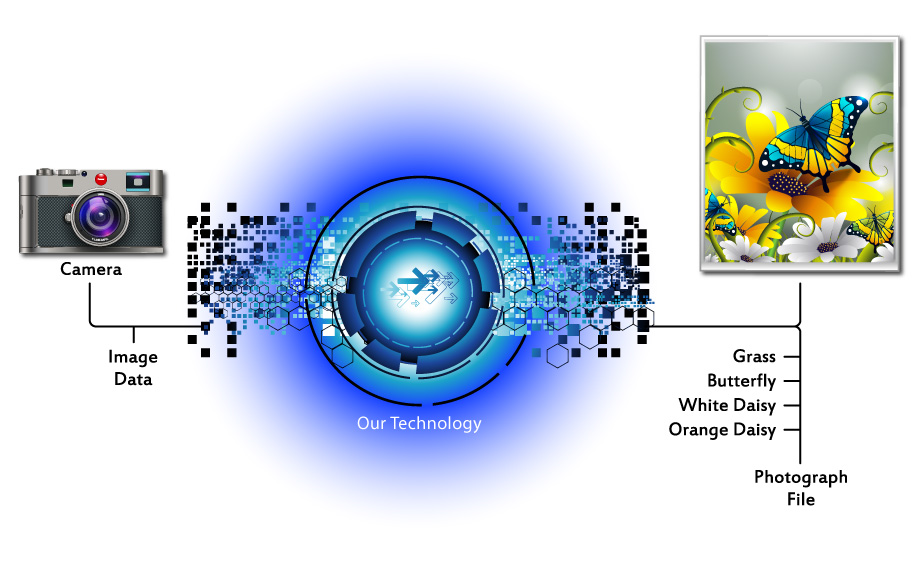
Vector electronic signals are the key that will open up a paradigm shift across the in the entire electronics industry. However, we must first move beyond the 1920’s frequency conversion technology that is still present in all of our electronics today. Pursued by the largest technology companies in the world, the solutions have remained out of reach. Our technology has breached that barrier. This will pave the way to producing true structured data. Structured data affects everything from Automation to Medicine.
Pervasive Computing
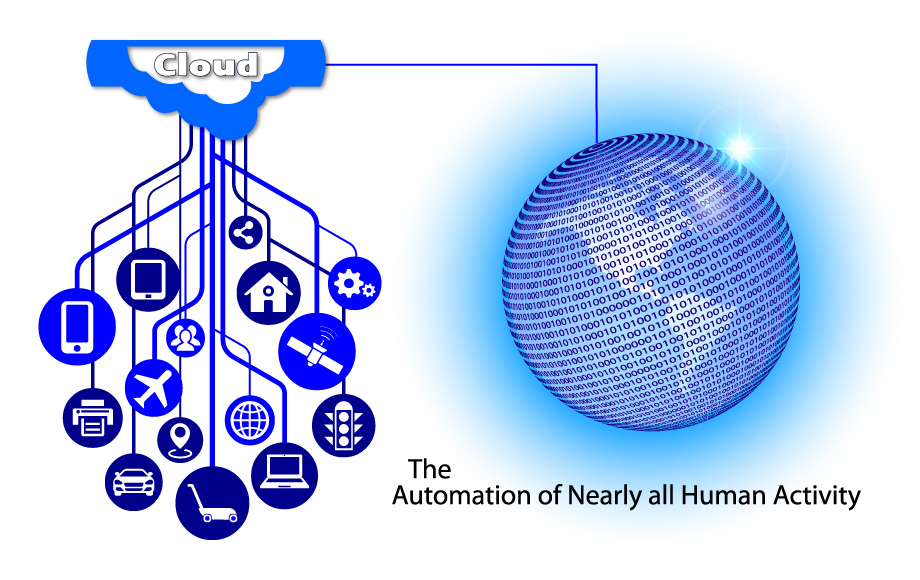
To realize the full potential of “Pervasive Computing”, development must be a bottom up approach. Using our technology to process electronic sensor data, we transform the data into state providing a common understanding between man and machine. Working the data into computer instructions, we can now apply it to a database. By this process, we now have structured data and the true pervasive computing model is complete. The full automation of routine processes is now possible.
Office Automation
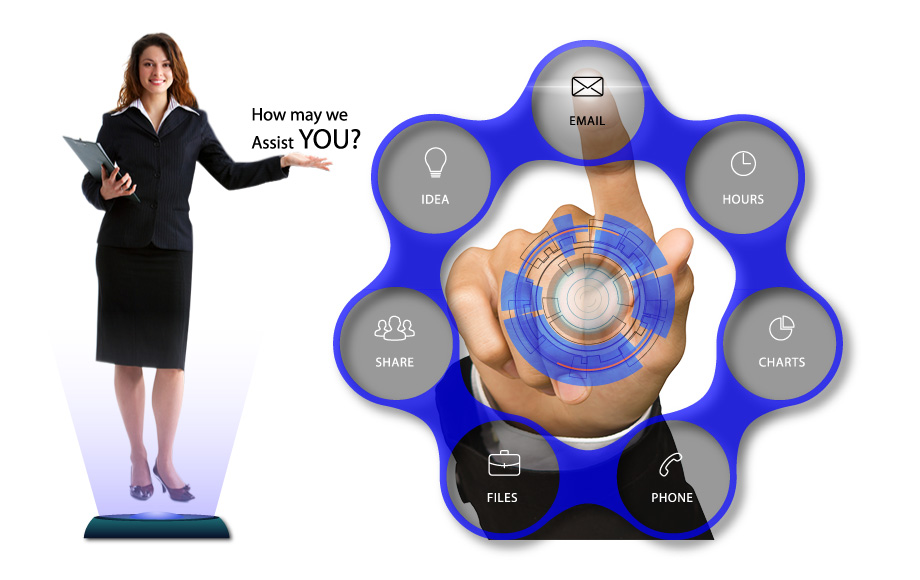
To enable real office automation, first we must transform all documents and data into a structured state that is recognized and understood by both humans and machines. This will allow a pervasive computer to accomplish tasks that it has previously observed humans accomplishing. When a user requests a B1 form to be automatically processed, the computer understands the request and the fulfillment matches the user’s expectation.
Medical Diagnostics
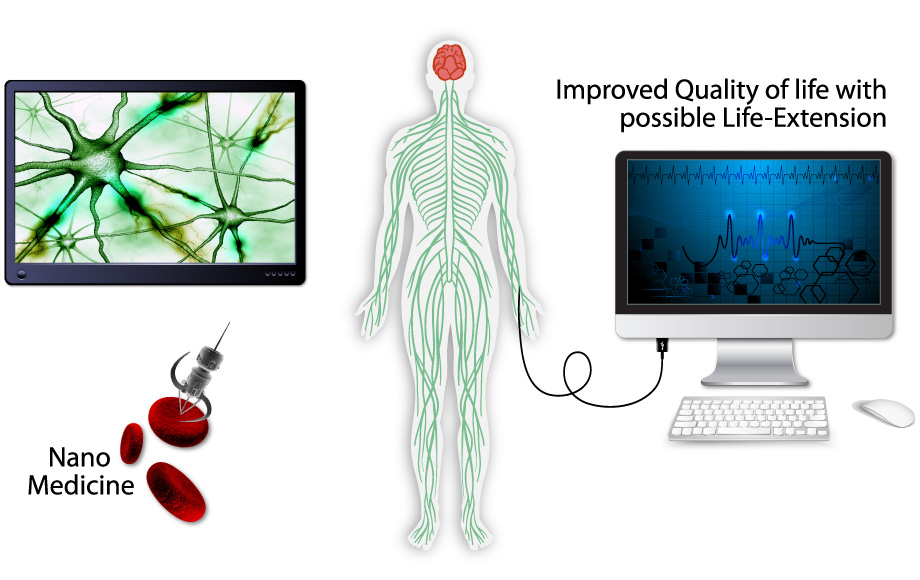
Modern electronic diagnostic machines such as ultrasound rely heavily on sensor data. That data is still processed using outdated frequency conversion technology from the 1920’s. With just a simple microphone, using our technology to extract accurate data we show more of what is occurring in your body than a battery of test with today’s technology. Our technology also enables the potential for using nanotechnology for the treatment of a number of aliments.
Advanced Manufacturing
